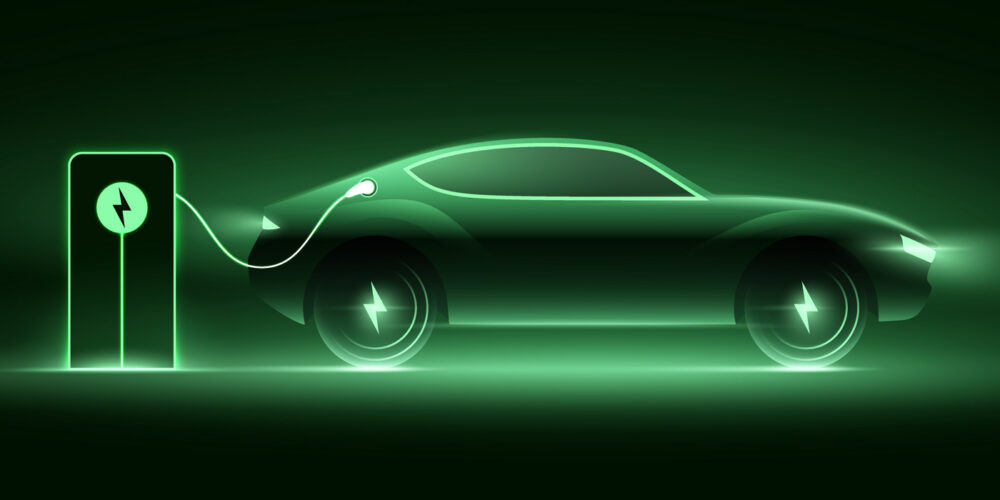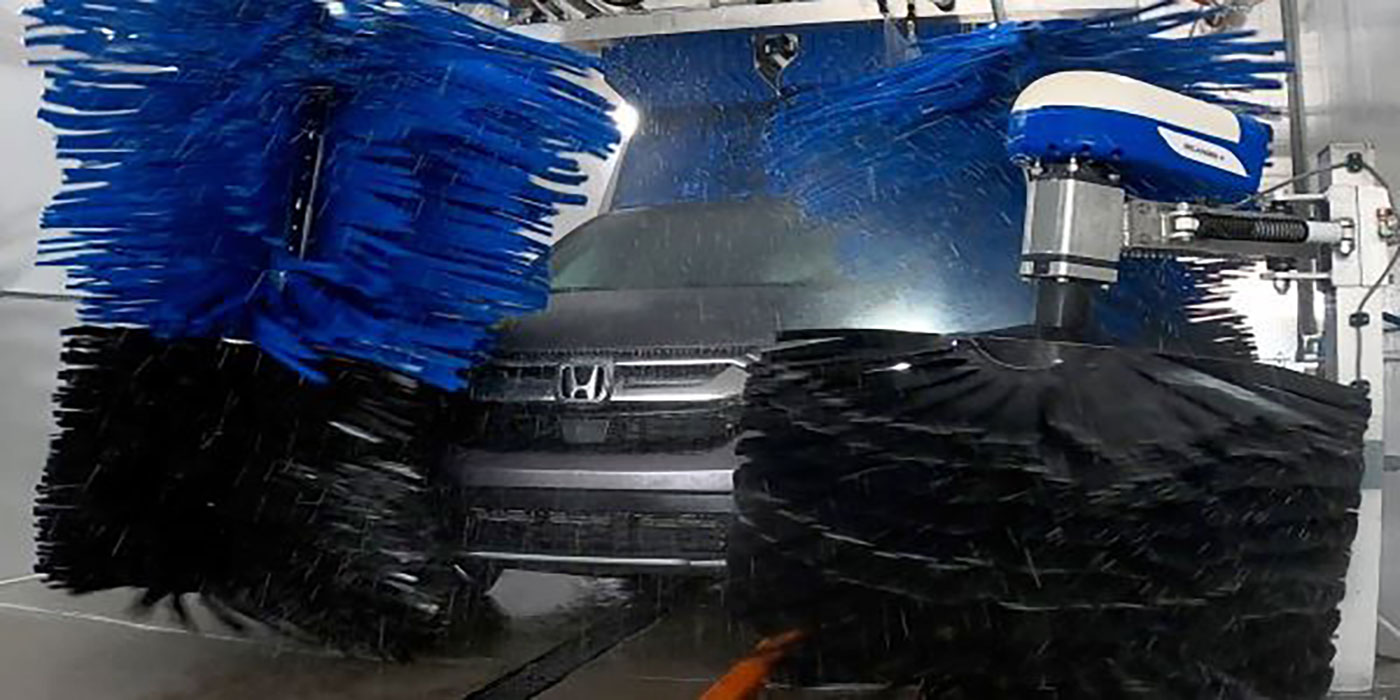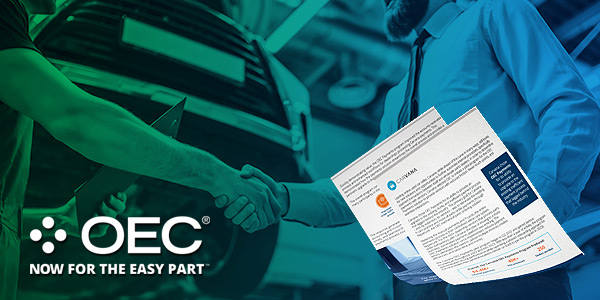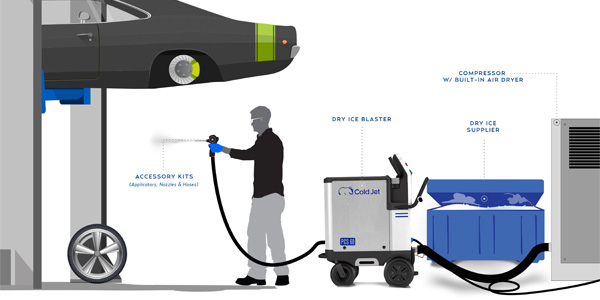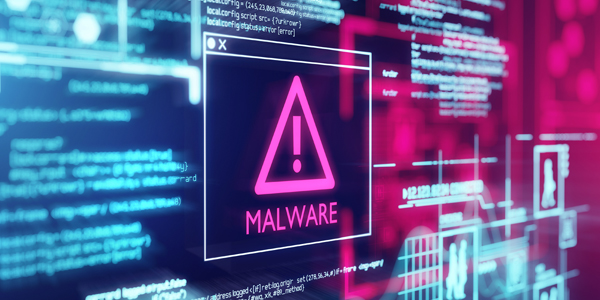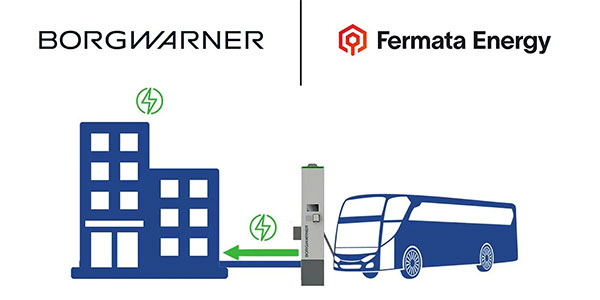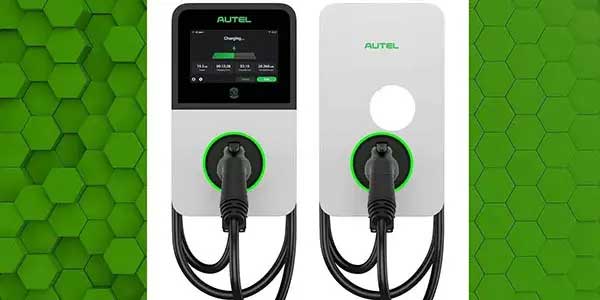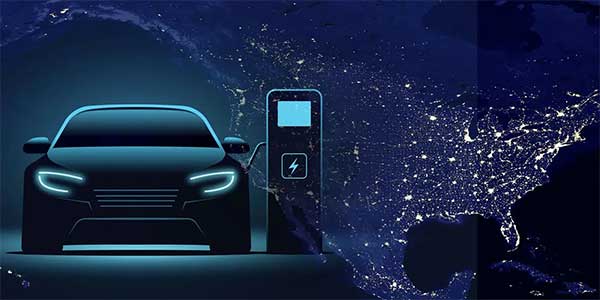By the Black Book Staff
The electric vehicle market has come a long way since the early days of the first-generation Nissan LEAF, Smart fortwo and Mitsubishi i-MiEV. These early cars were compact and offered a limited range.
Gone are those days of a range under 100 miles with little cargo space. When Tesla entered the market, it began the shift in consumer expectations and acceptance with its daring designs, more extended range and performance modes.
Now, most OEMs are looking at an electrified future. This will mean changes for new-car dealers and used dealers as we plan for the volume of used EVs to increase. This will be particularly important for dealers in states pushing for widespread EV adoption.
Future EV Growth
Currently, 19 all-electric (BEV) and 34 Plug-in Hybrid Electric (PHEV) models are in current production for the U.S. market. On the horizon, we have a slew of new vehicles to look forward to, from performance-oriented vehicles to crossovers to full-size trucks to heavy-duty trucks and delivery vans. There will be options for mainstream, luxury and fleet/commercial buyers.
Much potential growth is in the consumer retail space, but not all. The commercial sector is also looking at expansion in the form of delivery vans and medium/heavy-duty trucks. There are some newer names in the EV market (e.g., Canoo, Rivian, Nikola Motors), but some familiar names (e.g., Ford, GM, Volvo) are entering this space.
Dealers Should Prepare
New vehicle dealers not yet carrying at least one electrified model will soon. Most OEMs have plans for electrified or alternative fuel models in the pipeline. It is vital to get your service, parts and sales staff trained and prepare your facilities to accommodate this inventory-type change. Black Book continues to work with OEMs and other industry stakeholders on customized studies to inform the transition to EV.
For used-car dealers, this push toward electrification from OEMs and governmental support will mean similar changes to stay competitive. This means learning how to equip your dealership with the necessary charging equipment, training staff and learning about the upcoming models that will soon become used inventory. It will be essential to educate consumers about the positives of EVs, like low maintenance costs, battery warranties and the improved range compared to early generation models, low maintenance costs, battery warranty, etc.
What Matters to Consumers?
So, what are consumers looking for when considering purchasing a new or used electric vehicle? The range is undoubtedly one of the most significant factors. Still, the longer-range models are no longer just reserved for Tesla. It is now the norm for EVs to have a range exceeding 200 miles, and many exceed 250. Sixteen of the 19 BEV models already on the market are available with more than a 200-mile range. To put it into perspective, one decade ago, the Nissan LEAF was introduced as the first modern BEV with a 73-mile range.
Another important factor is cost. Organic demand may be relatively saturated; however, governments’ (U.S. and global) CAFE-type standards direct OEMs while monetary incentives entice consumers. Battery costs typically account for the high price of EVs. Still, the cost of lithium-ion batteries has dropped significantly over the past decade.
Unfortunately, data suggest that the reduced battery costs are not fully passed on to consumers. The total cost of ownership disparity between an EV and a traditional ICE vehicle must be minimized to encourage the widespread adoption of EVs. Some ideas include lower MSRPs, consumer finance incentives and fuel prices.

